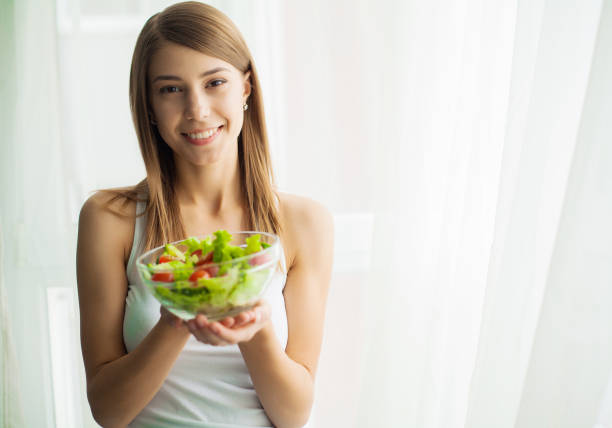Revamp your diet
You may be considering making a change to your diet with the New Year approaching. A popular change is to eat more plants. Nutritionists can help you eat more vegetables, fruits, legumes and other plant-based foods, whether you are a strict vegetarian or vegan.
Live Science spoke to Gena Hamshaw, a certified clinical nutritionist and author of the popular blog The Complete Helping and two vegan cookbooks. Here are seven tips from Gena Hamshaw to help you move towards a plant-based, whole-food diet.
Begin slowly
Hamshaw stated that although the new year is full of energy and momentum, it’s better to make small changes than to overhaul your entire diet. It’s not about changing your diet for a quick cleanse or a whole week. It’s about creating a new lifestyle. You could end up frustrated and failing if you try to make too many changes.
Do not forget about the macronutrients
Hamshaw stated that the most common mistake she sees is when people get too excited about vegetables but neglect to eat complex carbs, proteins, and fats. She said that people get so excited about making positive lifestyle changes they forget to eat balanced meals.
Hamshaw shared that clients sometimes tell her that they made a huge salad with 10 different veggies and a tahini sauce. Hamshaw stated that while “that’s awesome,” she said, “I don’t see where the protein and complex carbs in that meal are to keep you full for four hours.” It is important to ensure that people get enough protein, carbohydrates and fats to fuel their bodies and satisfy their hunger pangs. She suggested adding pepitas (i.e., pumpkin/squash seeds) or marinated tempeh as an addition to a salad.
Enjoy some great grocery shopping
Hamshaw stated that your grocery budget should be spent on essentials like fruits and vegetables, whole grains, and legumes. She added that “the rest of your grocery budget can be discretionary.”
Hamshaw encourages clients to try new foods and has fun with them. Hamshaw, for example, said that she frequently picks up new vegan cheese or a faux meat product to try. Some people prefer to purchase a bar or new almond milk.
What’s the takeaway? Have fun, keep it interesting and have fun shopping. Don’t be too strict about sticking to healthy staples.
Reuse leftovers for lunches
Hamshaw stated that leftovers are the best option for lunch. The ideal is to make enough food for dinner to have enough for lunch the next day.
You may not be able to cook for more than six people if you live alone. Hamshaw stated, “But you can freeze almost everything.” You can freeze the entire portion in individual bags and then freeze the other half. This will give you instant meals and dinners whenever you are in need.
Batch cook
Hamshaw also encourages clients to batch-cook or choose one day to spend time in the kitchen prepping essential staples for the week. You might prepare a few dressings ahead of time or make a large batch of hummus.
Hamshaw stated that you would then be able to make quick and easy bowls throughout the week by using different combinations.
This strategy will ensure that you don’t have to face a fridge full of unprepared vegetables late at night when creativity and energy levels might be low.
Dressings can be used to create an instant variety
It can be easy to get stuck in a cooking rut, especially when you are trying to change your diet or don’t feel comfortable eating various foods. Try new dressings.

